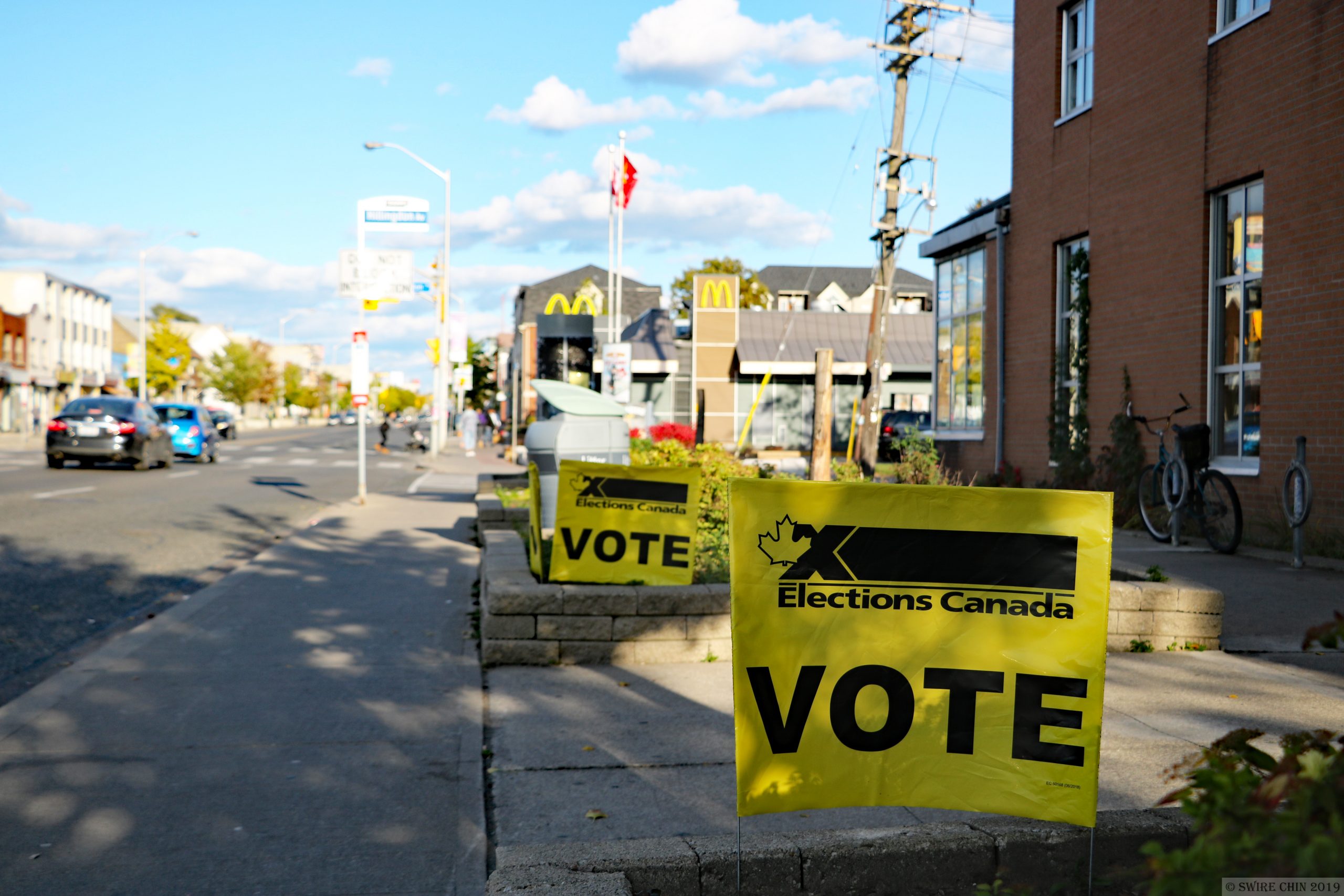
In 2019, the Conservative Party of the UK was given the mandate from heaven. A superb victory over the Labour Party, and the final nail in the Coffin of Jeremy Corbyn’s tenure. All signs showed that, barring some Kafkaesque event for the Tories, they would operate like a well-oiled machine for the near future.
A lot has changed since then. Britain has had five prime ministers, and the most recent July elections saw a reversal of what was five years ago. Labour won an overwhelming majority, and the Conservative party has, at this time, never looked weaker. A very superficial analysis would have any left-liberal elated. However, it is obvious that Labour’s win is more a fact of Tory dis-popularity than Labour vitality. Indeed, Keir Starmer, the Labour Prime Minister is quite unpopular, some polls showing even more so than his predecessor.
In about a year from now, Canada is scheduled to have its national election. Barring some Kafkaesque event, the Conservative party will win in a landslide, and contrary to expectations, a considerable portion of which will be from Canada’s youngest voters. First, one should note the immense voter fatigue of Justin Trudeau and the Liberal Party more generally. After ten years, the government has worn out its welcome. This phenomenon is inevitably true of all multi-term candidates and was the case in the UK as well. Dissatisfaction for Trudeau is even true for left-wing voters more broadly, with only a small group of die-hard liberals continuing to stand by the Prime Minister and Trudeau himself being as unpopular as ever among the electorate.
Although the trends in the United Kingdom shed some light on the voter trends of Canadians, it is hardly perfectly analogous. In Great Britain, the Conservative Party (and to a lesser extent, Reform UK), is the party of the old. Conventional wisdom tells us that voters become more right-wing as they age, and although political views tend to be relatively stable in adulthood, this folk wisdom is partially borne out in the data. Voters who do switch political allegiances in adulthood tend to become more right-wing. Given the aforementioned trend, we are seeing something truly remarkable. A modern liberal democracy will have its youngest contingent vote to the right of the elderly, an unprecedented development in Canada and the first or among it in modern developed economies. It is difficult to think of a more damning charge of the perception of the Liberal government than a reversal in decades-long voter trends.

Léger federal poll | 2024-09-21
This election brings one to another case to which Canada ought to be compared. Recent elections all over Continental Europe betokens another trend in voting across the West—polarization among the youngest voters. Recent polling and regional elections in Germany are foreboding. Voters have shown a considerable shift in the last five years—most notably, the country’s more hardline left and right-wing parties have gained favour among the nation’s youth, as opposed to the more centre-aligned ones. Indeed, the AfD, Germany’s most prominent right-wing party is the most popular among voters aged 18-24. The two staunch socialist parties, the Die Linke and its offshoot, the BSW, combine for second among young Germans. In Germany, it has been the moderate Social and Christian democrats that have lost out to the peripheries.
Like in Germany, Canada’s own moderate party is in a deeply awkward position for young voters. On one hand, some feel that the party is not doing nearly enough vis-à-vis advancing progressive social causes and climate change and are instead choosing the NDP. On the other hand, there are those most worried about Canada’s cost of living crisis and who see little other choice than to try something new, that being the Conservative party. Voter fatigue and polarization trends present throughout the West make this scenario unwinnable for the Canadian party that sits in the middle of the right and left. However, affairs do not look much better for the NDP either. While NDP leader Jagmeet Singh’s decision to leave the national coalition has coincided with some increased popularity in recent polls, it looks to be too little, too late as the most recent projections see the NDP losing seats in parliament, not gaining. The Conservatives have even started to poll well from historic NDP strongholds; in particular, Poilievre polls surprisingly well with unionized workers.These last few months have seen calls for Trudeau to resign from within the Liberal Party. At this point, it is unclear if a different candidate would be able to salvage the decline. Perhaps a new leader is in order. Any saving of this regime would need a complete makeover and some incentive to win back Canada’s youth, or else they’ll stay right.
Edited by Isabelle Monette
The opinions expressed in this article are solely those of the author and they do not reflect the position of the McGill Journal of Political Science or the Political Science Students’ Association.
Featured image by Can Pac Swire